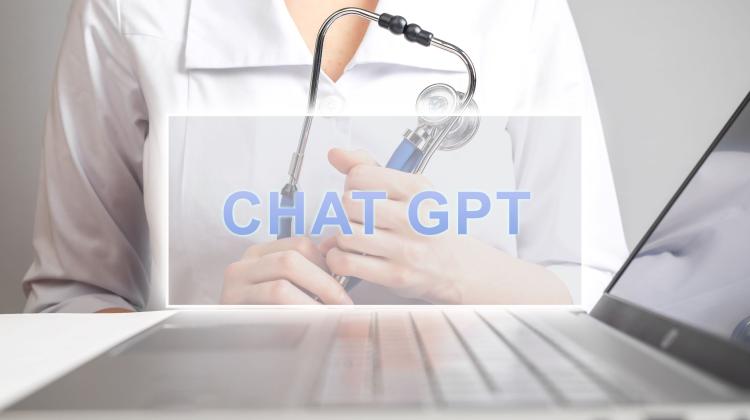LifeTime Consortium: Spot disease harbingers, not just symptoms
 Credit: Fotolia
Credit: Fotolia
A new strategy that is hoped will lead to a revolution in European healthcare has been published by the European Lifetime Consortium.
The group consisting of 50 leading European researchers at over 50 renowned organizations across Europe is looking to develop tools and knowledge to halt the progression of the disease when its first harbingers appear in human cells.
Interceptive (preventive) medicine is limited to orthodontics for now. When the child still has milk teeth, an X-ray of the lower jawbone is done to check the permanent teeth arrangement (they can already be seen on X-ray). And then the young patient's jaw is prepared so that the new set of teeth, which will be used for most of their life, grow properly. In this way misalignment is not allowed to develop at all.
Scientists from over a dozen European centres decided to use the idea of interceptive medicine, i.e. capturing abnormalities in the body at a very early stage and preventing their development, to fight against particularly widespread and dangerous diseases plaguing European societies. This group includes: cancer, neurodegenerative diseases, infectious diseases, cardiovascular diseases and chronic inflammation.
The idea is to learn enough about these diseases to recognize the first individual cells that stop functioning properly and enter the path leading to the development of the disease. Left unchecked, such cells that have 'gone to the dark side', can lead to the development of a full-blown disease. But scientists assume that if the first rebel cells are identified and returned to the right path in time, for example by supplying the missing components, the disease may not develop at all.
Professor Marek Figlerowicz, head of the Institute of Bioorganic Chemistry of the Polish Academy of Sciences in Poznań that coordinates Poland's participation in the project said: “The proposed breakthrough approach consists of using two technologies that are increasingly entering our lives. One of them is artificial intelligence. The other is an innovative method of studying biological systems based on mass parallel analysis of single cells.”
He added when there is a suspicion of a disease, for example cancer, the doctor often orders a biopsy. A sample of cells is collected from the diseased tissue and analysed, for example, for changes in DNA or protein composition. The subject of such analysis are biomolecules isolated from many different cells, thanks to which only their averaged image is obtained. If there are only a few neoplastic cells in the sample, they might go unnoticed because such details are lost in the test.
Meanwhile, new technologies for the analysis of single cells allow us to see separately what is happening with each cell, for example, to check which genes are active, which proteins are produced. It is thus possible to determine if any dangerous changes are taking place in any of them, where they come from and what they lead to.
But in order to find out if a cell has gone wrong, doctors first need to know exactly what the 'good ways of the cells' are. That means describing the developmental trajectories of cells in individual tissues from the stem/undifferentiated cell, through the state of a specialized cell, then physiologically ageing, until its natural death. And then learning to distinguish between normal and defective cells. This description is so complicated and consists of so much data that only using of AI algorithms can we realistically think about its practical use.
Figlerowicz said: “Thanks to this, we will be able to start the therapy when we notice any harbingers of the disease, preventing symptoms from developing.” Treatment of the disease at a later stage is often not only complex, lengthy, invasive and expensive, but also ineffective due to the irreversible damage to the body.
That is why 17 European research units, including clinicians and industry representatives, took action in the LifeTime consortium. The consortium presented a detailed roadmap for the next decade by in an article published in Nature (https://rdcu.be/b6UTd) and in the LifeTime Strategic Research Agenda.
Achieving the objectives of the outlined strategy will require the generation, sharing and analysis of huge collections of biomedical data, and the success of the entire venture will depend on close cooperation between European research infrastructures, hospitals and business entities.
LifeTime Initiative coordinator Professor Nikolaus Rajewsky (Max Delbrück Center for Molecular Medicine), quoted in the LifeTime Initiative announcement, said: “LifeTime has brought together scientists across fields - from biologists, to clinicians, data scientists, engineers, mathematicians, and physicists - to enable a much improved understanding of molecular mechanisms driving health and disease.”
Dr. Geneviève Almouzni (Centre National de la Recherche Scientifique), co-coordinator of the LifeTime Initiative, mentions the future major social and economic impact of the project: She said: “By implementing interceptive, cell-based medicine we will be able to considerably improve treatment across many diseases. Patients all over the world will be able to lead longer, healthier lives. The economic impact could be tremendous with billions of Euros saved from productivity gains simply for cancer, and significantly shortened ICU stays for Covid-19. We hope EU leaders will realize we have to invest in the necessary research now.”
PAP - Science in Poland, Ludwika Tomala
lt/ agt/ kap/
tr. RL
Przed dodaniem komentarza prosimy o zapoznanie z Regulaminem forum serwisu Nauka w Polsce.
















